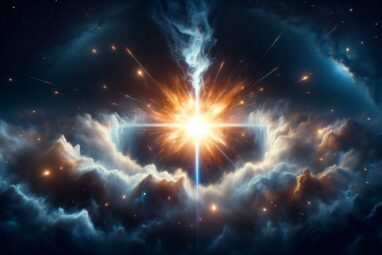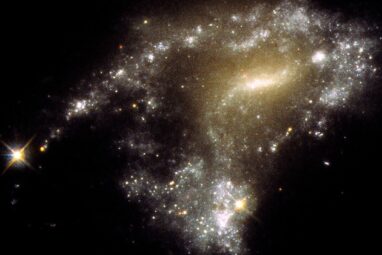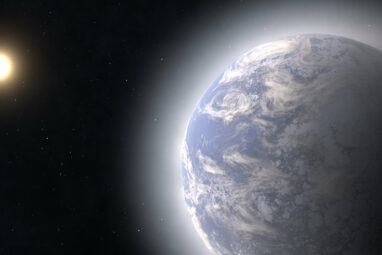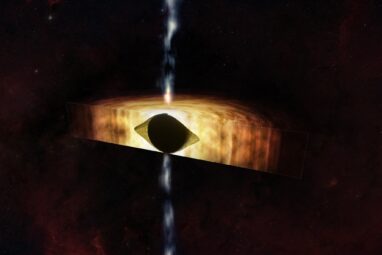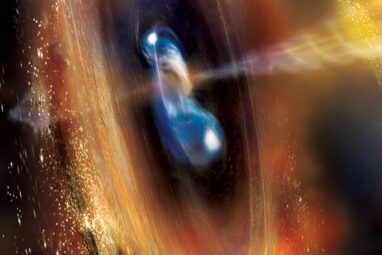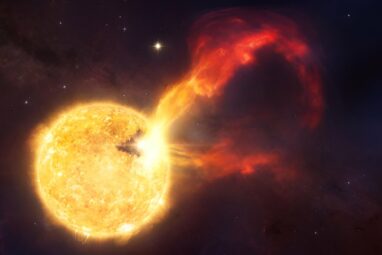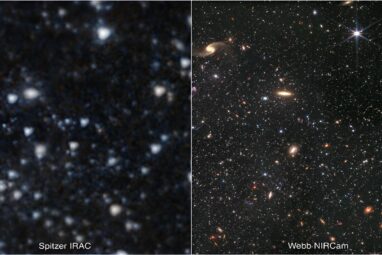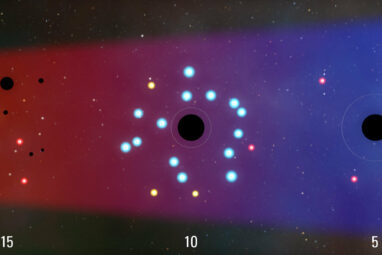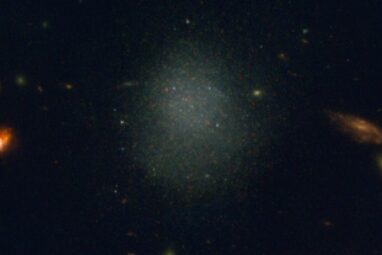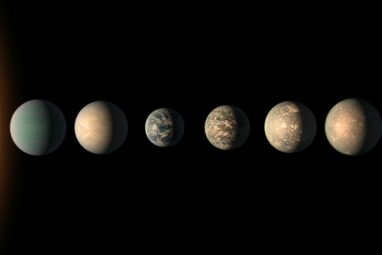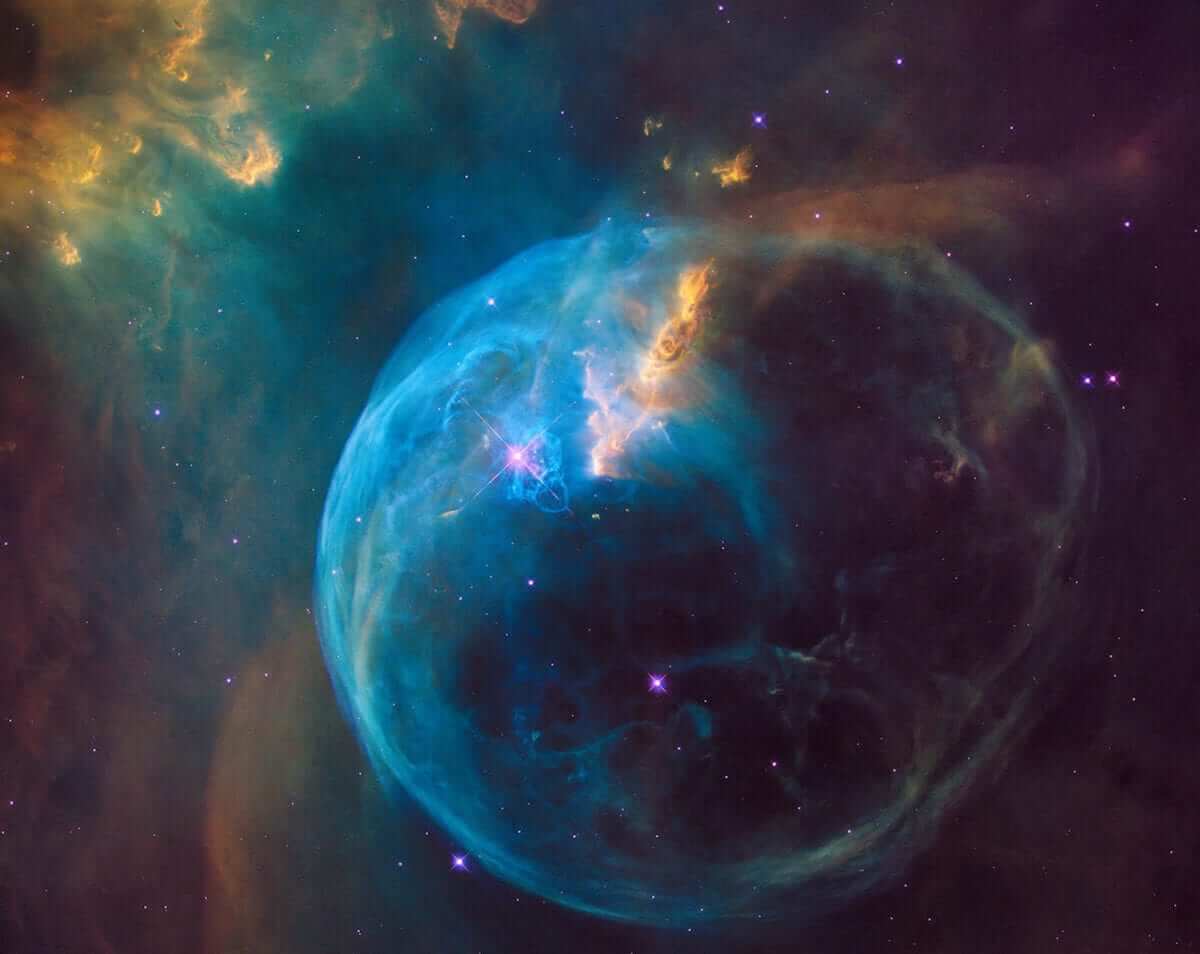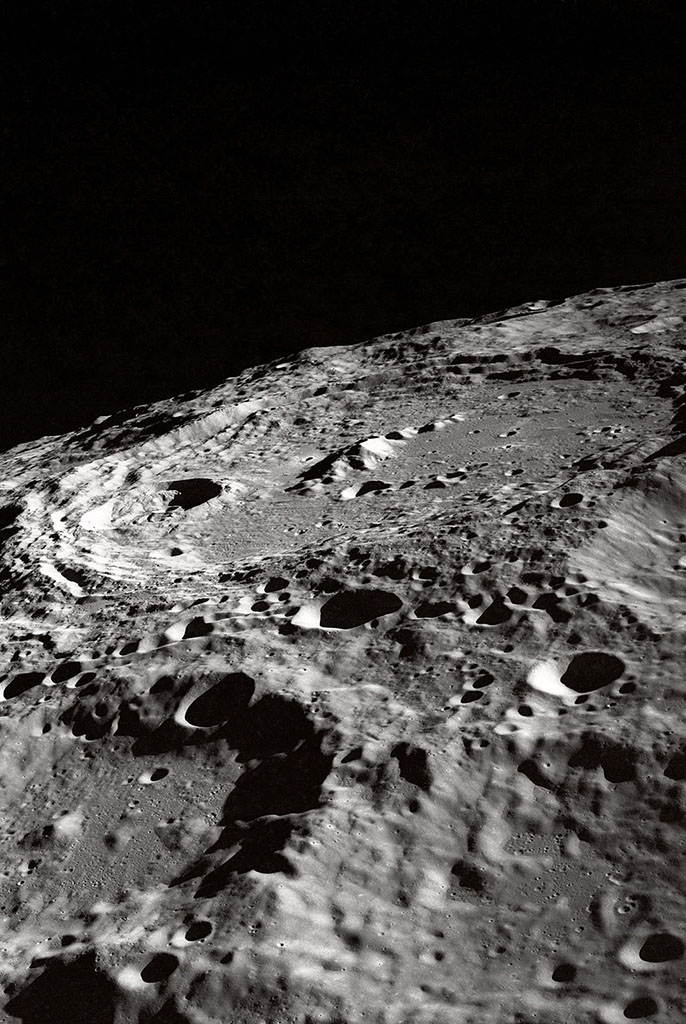Cosmic dust—like dust on Earth—comprises groupings of molecules that have condensed and stuck together in a grain. But the exact...
When spectacular cosmic events such as galaxy collisions occur, it sets off a reaction to form new stars, and possibly...
Scientists working with the powerful telescopes at Georgia State’s Center for High Angular Resolution Astronomy (CHARA) Array have completed a...
Ordinarily, planets in evolved planetary systems, such as the solar system, follow stable orbits around their central star. However, many...
The supermassive black hole in the center of the Milky Way is spinning so quickly it is warping the spacetime...
The most powerful events in the known universe—gamma-ray bursts (GRBs)—are short-lived outbursts of the highest-energy light. They can erupt with...
Astronomers have detected an extreme eruption from a young star that became more than a hundred times brighter in only...
Employing massive data sets collected through NASA’s James Webb Space Telescope, a research team led by a Rutgers University–New Brunswick...
Astronomers have long sought to understand the early universe, and thanks to the James Webb Space Telescope (JWST), a critical...
A team of astronomers, led by Arizona State University Assistant Research Scientist Tim Carleton, has discovered a dwarf galaxy that...
Planets orbit their parent stars while separated by enormous distances – in our solar system, planets are like grains of...
The study of “exoplanets,” the sci-fi-sounding name for all planets in the cosmos beyond our own solar system, is a...
